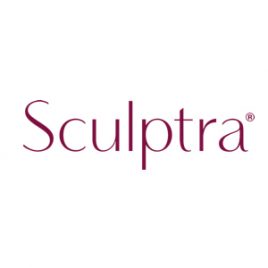Key Features:
- Bocouture is free from complexing proteins
- Botulinum neurotoxin type A blocks cholinergic transmission at the neuromuscular junction by inhibiting the release of acetylcholine
- Contents: 100iu x 2 vials
Treatment Areas:
- Glabellar frown lines
- Periorbital lines
- Horizontal forehead lines
Mode of action:
- Botulinum neurotoxin type A blocks cholinergic transmission at the neuromuscular junction by inhibiting the release of acetylcholine.
- The nerve terminals of the neuromuscular junction no longer respond to nerve impulses, and secretion of the neurotransmitter at the motor endplates is prevented.
- The action results in stopping the muscular contraction of the targeted muscles.
Contraindications of Bocouture:
- Hypersensitivity to the active substance or to any of the excipients.
- Generalised disorders of muscle activity (e.g. myasthenia gravis, Lambert- Eaton syndrome).
- Infection or inflammation at the proposed injection site.
Who should not use Bocouture?
- The injection of Bocouture is not recommended for patients with a history of aspiration or dysphagia.
- Patients suffering from amyotrophic lateral sclerosis
- Patients with other diseases which result in peripheral neuromuscular dysfunction
- In targeted muscles which display pronounced weakness or atrophy







